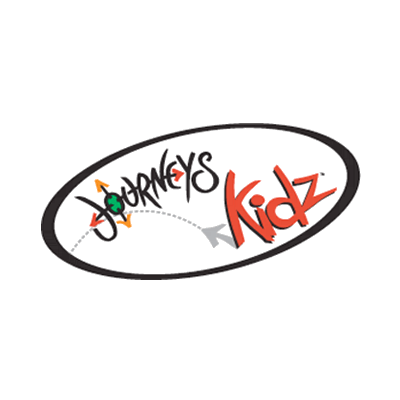

#JOURNEY KIDS SKIN#
So, to avoid pulling or taxing his skin too much at one time, we will limit ourselves to only one side in each operation.”ĭr.

“We then use that skin to line the sides of the newly separated fingers. “The reason we wouldn’t work on both sides of Sonny’s fingers at one time is that we’re borrowing skin from one side of his fused fingers to help reconstruct his hands,” says Dr. Separating them - through a procedure called syndactyly separation - would take a staged approach, meaning multiple surgeries. Labow and Dr Taghinia classified Sonny’s hands as type 1, meaning his index, middle, and ring fingers were webbed, but his thumbs were free. “That, without a doubt, is why we came to Boston.” A staged approachĭr. Labow, and right away he said there was no reason they couldn’t separate Sonny’s fingers,” Kellie recalls. They reached out to the Craniofacial Program and heard back from the team within days. While they weighed their options, Kellie and Josh remembered the advice from members of the Apert Facebook community who went to Boston Children’s from around the world for care. Their reasoning, she explains, is that both facilities believed Sonny would fare better with fused middle and ring fingers acting as one digit versus creating two thinner and potentially weaker fingers. “Both hospitals said they wouldn’t separate all his fingers,” Kellie says. In an effort to stay close to home and to the care teams they had grown to know, they first consulted two centers in North Carolina. A path to separationįollowing a smooth recovery and joyful summer as a family, Kellie and Josh started looking into separating Sonny’s fingers in the fall of 2020. Sonny underwent skull release surgery in March 2020 near home in Charlotte, North Carolina. “We had been anticipating skull surgery since his birth.”īecause Apert syndrome causes the skull bones to fuse too early (a condition called craniosynostosis), which can cause slower mental development due to the abnormal growth of the skull, children with Apert syndrome typically undergo surgery to separate the fused skull bones and release the pressure their growing brain is putting on their skull and face. “Almost immediately, Josh found a Facebook group for children and adults from around the world with Apert syndrome,” Kellie says.Ī resounding message the couple received from the group was to contact Boston Children’s to address Sonny’s hands, specifically separating his fingers. Kellie and Josh went straight to work looking for ways to help their son. Sonny was diagnosed with Apert syndrome within 24 hours of his birth while still in the NICU, with a confirmed diagnosis coming a couple of months later. – prominent eyes that appear to be bulging out and might be spaced widely apart – a long skull and high, prominent forehead In addition to fused fingers and toes, babies with Apert syndrome often exhibit: Then the team whisked our boy away for further examination and eventually to the NICU.” I noticed all the digits were there, but they were fused together.

“Then the doctor placed Sonny in my arms, and I immediately scanned for 10 fingers and toes. “We didn’t find out Sonny’s gender during my pregnancy, so I remember Josh joyfully shouting, ‘it’s a boy!’ the moment he arrived,” Kellie says. She recalls a whirlwind of emotions in the moments after Sunny arrived. “I had a textbook pregnancy: No problems or complications, and all my ultrasounds were normal,” Kellie says. Sonny having Apert syndrome came as a surprise to Kellie and Josh. A welcoming community after a surprise diagnosis Amir Taghinia, and others in the Craniofacial Program. Thankfully, Sonny’s journey is also one that introduced the family to a community of lifelong friends and to Boston Children’s Hospital, where Sonny receives care from Dr. Their gratitude stems a lot from seeing how far Sonny’s come in his journey with Apert syndrome, a genetic disorder that causes the skull, hands, and feet bones to fuse and that had the potential to restrict brain growth and physical abilities. Between traveling, camp, and time with family and friends, this 4-year-old has constantly been on the go - something his parents, Kellie and Josh, are incredibly grateful for. Sonny comes to Boston Children's Hospital from North Carolina for syndactyly separation surgery – a procedure that separates his fingers that are fused together as a result of Apert syndrome.


 0 kommentar(er)
0 kommentar(er)
